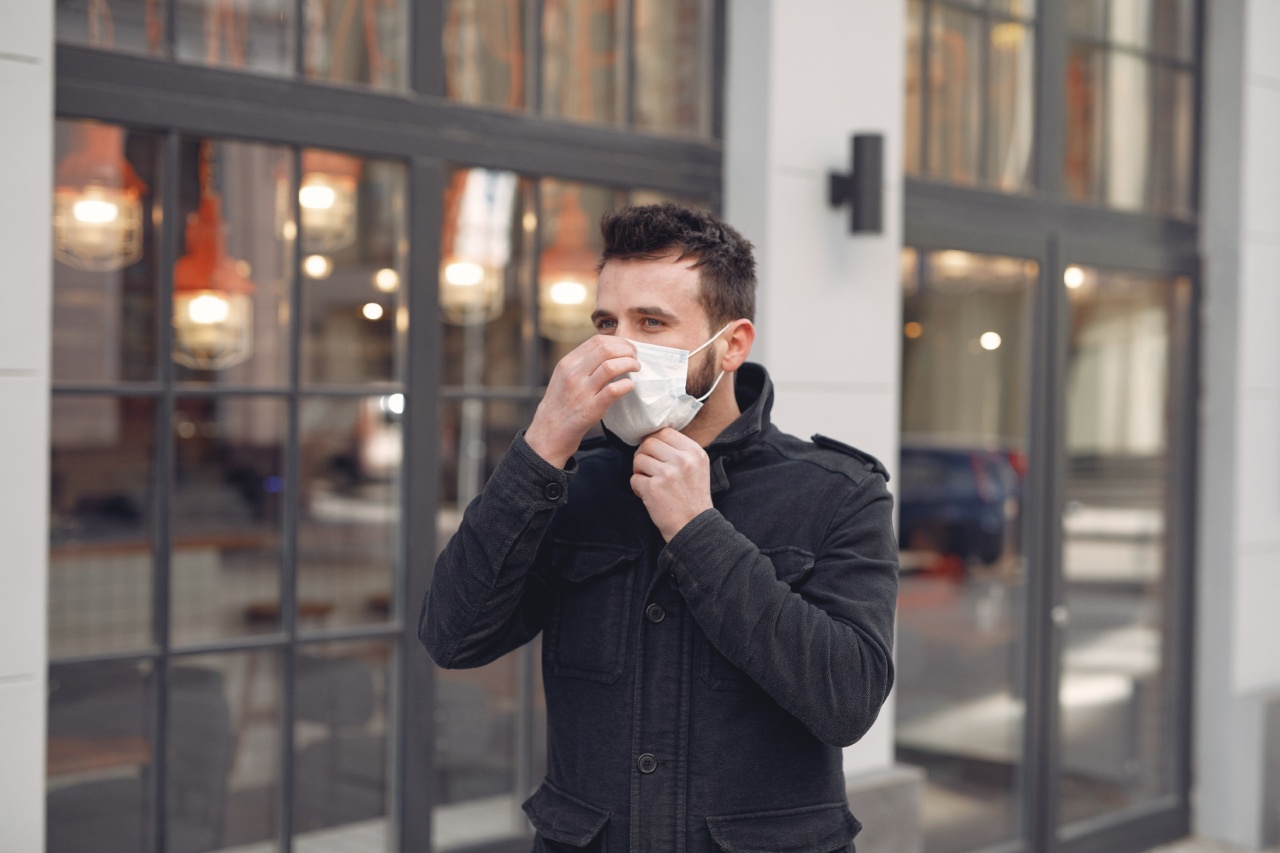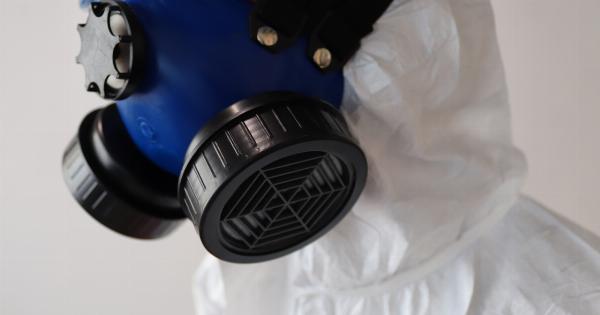Oral cancer is the uncontrolled growth of cells that occurs in the tissues of the mouth and throat. The risk factors for oral cancer include smoking, drinking alcohol, and exposure to the human papillomavirus (HPV).
However, recent studies suggest that air pollution may also be a risk factor for oral cancer.
The Link Between Air Pollution and Oral Cancer
Air pollution is a mixture of particles and gases that can have harmful effects on human health. Exposure to air pollution has been linked to many different types of cancer, including lung cancer, bladder cancer, and breast cancer.
Researchers have recently investigated whether air pollution is also a risk factor for oral cancer.
A study published in the Journal of Investigative Medicine found that exposure to air pollutants, such as polycyclic aromatic hydrocarbons (PAHs), increases the risk of oral cancer.
PAHs are a group of chemicals that are released into the environment by burning fossil fuels, such as coal and oil. They can also be found in cigarette smoke and grilled or charred food.
When people breathe in PAHs, they can damage the DNA in their cells, which can lead to cancer.
Another study, published in the Journal of Clinical Oncology, found that people who live in areas with high levels of air pollution have a higher risk of developing oral cancer than people who live in areas with lower levels of air pollution.
The Effects of Air Pollution on the Mouth and Throat
Air pollution can have harmful effects on the mouth and throat. When people breathe in pollutants, they can irritate the lining of the mouth and throat, causing inflammation.
This can lead to a condition called chronic laryngitis, which is a swelling of the vocal cords that can cause a hoarse voice and difficulty speaking.
Air pollution can also damage the tissues of the mouth and throat. When people breathe in pollutants, they can cause oxidative stress, which is a condition in which there are too many reactive oxygen species (ROS) in the body.
ROS are molecules that can damage the DNA in cells, leading to cancer.
Prevention of Air Pollution-Related Oral Cancer
The best way to prevent air pollution-related oral cancer is to reduce exposure to air pollutants.
This can be done by avoiding outdoor activities during times when the pollution levels are high, using air filters in the home, and reducing or eliminating the use of tobacco.
Regular dental checkups can also help to diagnose oral cancer early. If oral cancer is detected early, it is much easier to treat and may have a higher chance of success.
The Importance of Research
Research into the link between air pollution and oral cancer is still in its early stages. However, the findings so far suggest that air pollution may be a risk factor for oral cancer.
Further research is needed to determine the exact mechanism by which air pollution causes oral cancer and to develop strategies to prevent it.
Additionally, research into the link between air pollution and other types of cancer is also important. By understanding the effects of air pollution on human health, we can develop strategies to reduce exposure and prevent disease.
Conclusion
Air pollution is a complex mixture of particles and gases that can have harmful effects on human health. Recent research suggests that air pollution may be a risk factor for oral cancer.
Exposure to air pollutants, such as PAHs, can damage the DNA in cells, leading to cancer. Prevention of air pollution-related oral cancer can be achieved by reducing exposure to air pollutants, quitting smoking, and regular dental checkups.
Further research is needed to fully understand the link between air pollution and oral cancer, and to develop strategies to prevent it.




























